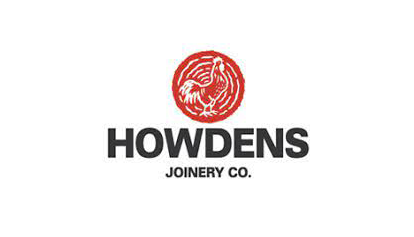
- Details
- Category: Blog
In Manufacturing, most instances of unplanned downtime are due to small stops. These are not the major breakdowns that are central to Reliability failure curve concepts. Unsurprisingly failure curves don’t help when trying to resolve what is referred to in TPM as idling and minor stops.
Some organisations using TPM Focused Improvement tools, have been able to extend average time between intervention from the minutes experienced by many manufacturers to hours or more.
HOW DO THEY DO THAT?
The first phase of the TPM road map is used to establish basic condition standards, reduce equipment wear rates and prevent the causes of human error. In addition to reducing breakdowns, this also improves collaboration between production and maintenance, encouraging new thinking and innovation.
This not only lowers costs but also releases engineer and specialist time to define and deliver optimum conditions.
During the next phase of the road map, that time is used to define and optimise process capabilities to remove the causes of unplanned interventions. That includes making Normal conditions easier to achieve by simplifying and standardising set up and change over routines.
This phase is characterised by actions to understand and eliminate the causes of minor quality defects. In addition to the increased time between intervention, the outcomes includes fewer defects, improved material yields, lower energy use and a greater understanding of the mechanisms that impact on process control.
One manufacturer of lighting applied the TPM optimisation toolbox extend time mean time between intervention so that they were able to run additional night shifts during peak demand months without additional labour. In addition to lower inventories and increased material yields, they also increased flexibility to customer demand and reduced development time for new products.
Here optimisation delivered true competitive advantage because it was targeted at areas which enhanced customer service capabilities.
The optimisation results delivered by TPM processes involved the enhancement of shop floor processes for
- Asset optimisation glide path definition
- Zero loss measurement and targeting
- Sustaining optimum conditions
- Raising standards
- Workflow management and feedback
- Implementing lessons learned
Find out how your organisation measures up against the TPM practices of well known and award winning organisations by booking a 2 hour online in company Performance Management Gap Analysis for Manufacturing leaders.
The content provides an insight for up to 8 delegates into how award winning and well respected organisations are able to systematically ratchet up year on year improvement in performance.








